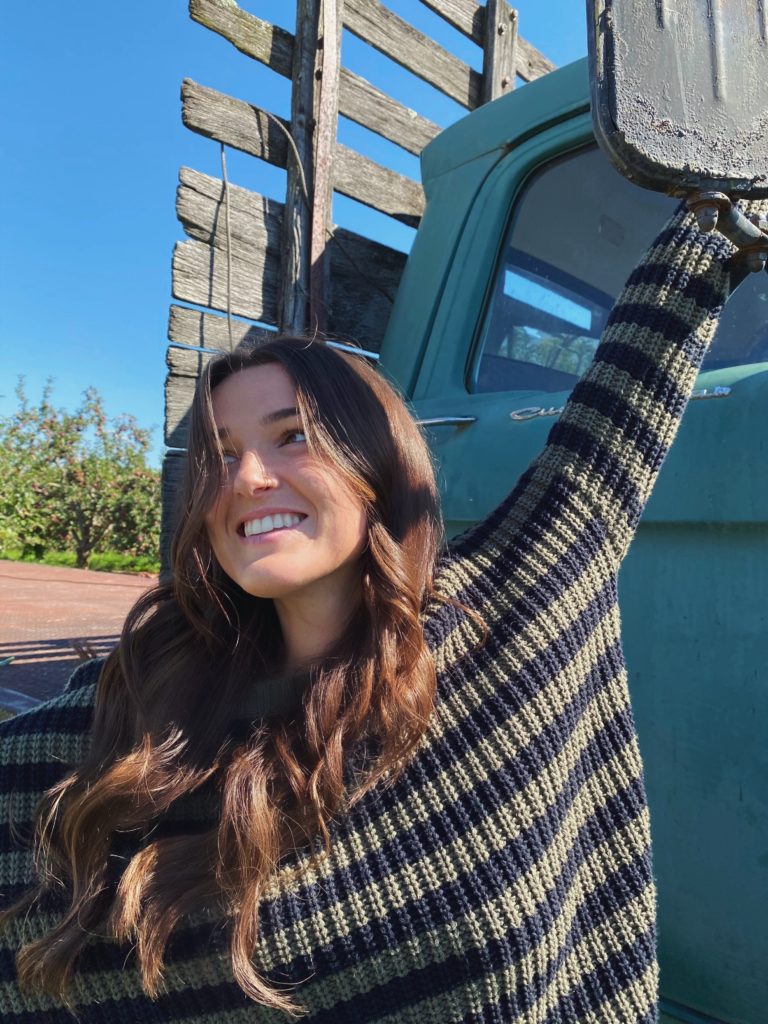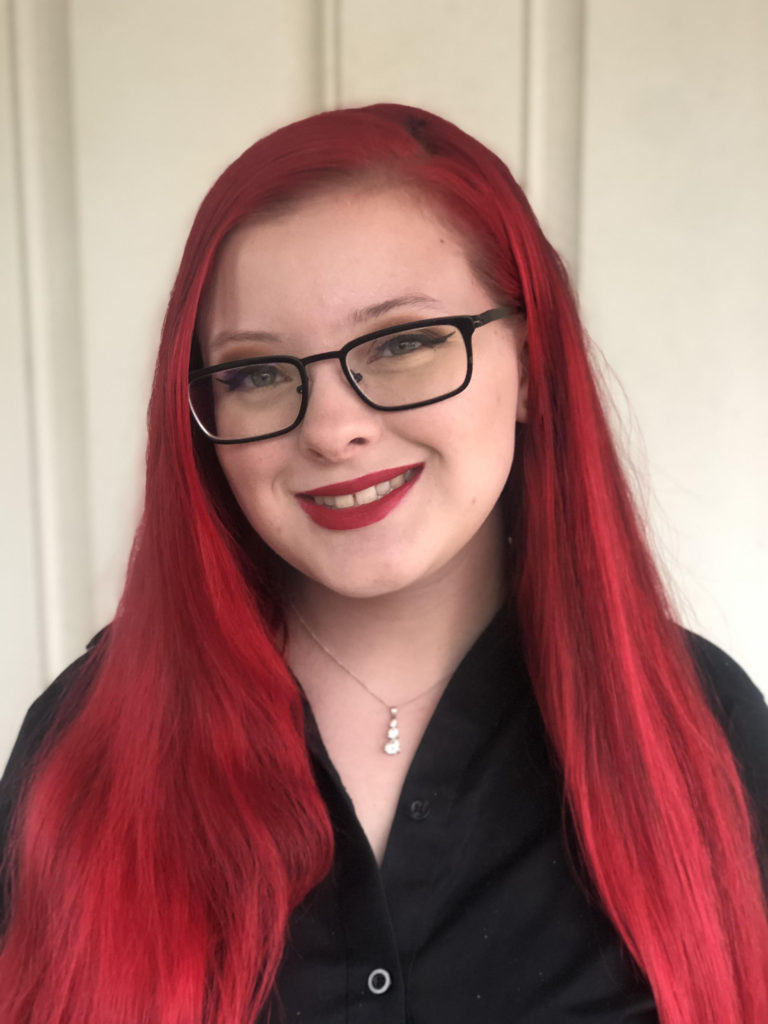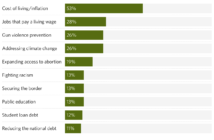The Article below was published in Vol. 136, Issue 5 of the Lake Forest College Stentor on February 19, 2021.
By Sergio Bardesi-Texocotitla ’22
Staff Writer
bardesitexoc@mx.lakeforest.edu

Carlie Mertz ’22 
Nina Astorino ’22
For those moving to a new college as transfer students, there is an excitement of joining a new academic and social culture.
Carlie Mertz ’22 transferred from St. Joseph’s University in Philadelphia, Pennsylvania in the fall of 2020. Describing her efforts at making new friends, she said, “study groups are essential . . . I was meeting people for the first time over Zoom. So, finding people to study with over Zoom was difficult, but easier than I expected. I made a lot of friends through Zoom, and even a romantic relationship!” Mertz is on-campus this semester, so she has had the opportunity to meet her Zoom friends in real life. “I can attest to the Forester Family being a real thing,” she said.
The Zoom success that Mertz’s success in making new friends during the pandemic contrasts with the situations of the other transfer students.
Nina Astorino ‘22, Katrina Topacio ‘22, and Maya Muenala Reed ‘22 all self-identify as introverts, and as a result, they had different social standards set for themselves.
Topacio, who transferred in the fall of 2019 from the College of Lake County, had time before the pandemic to meet other students in-person. Before the pandemic, she devoted time to her academics and did not engage in any clubs during the fall 2019 or spring 2020 semester. However, Topacio is now a part of three organizations on campus. Dr. Shubhik DebBurman, the Disque D. and Carol Gram Deane Professor of Biological Sciences and Chair of the Neuroscience Department, has even asked Topacio to serve as a peer teacher for a class in the previous summer and fall semesters, as well as for this semester. While Topacio is learning remotely this semester, she reflected on her time as a commuter, lamenting, “since I was a commuter, “I usually could not go to events at night . . . . [w]e would have events like Brain Awareness Week and Glassman Symposium . . . [but] “I usually couldn’t stay for them, but now that those social events are all on Zoom, I’ve been able to attend each one. It’s been nice to have these opportunities.”
As for more recent transfer students, including those who transferred to the College in the fall 2020 semester, joining clubs and sports were not a high priority. Instead, these students relied on prior contacts for support, such as best friends from high school and previous institutions. Astorino, who is also learning remotely this semester, looks forward to a weekly Dungeons and Dragons (DnD) campaign with a circle of her closest friends via Zoom. She has painted and drawn characters from DnD roleplays, and she has cosplayed characters. She has posted pictures of many of these artworks on her Instagram at ninadoesnerdyart. Above all else, this activity provides her with a creative outlet to destress during an otherwise stressful time.
Another remote learner and recent transfer, Reed, has been adhering to pandemic precautions in order to protect her family. Reed notes, “I saw my best friend maybe five times over the past year. That was when it was warmer. We were outside wearing masks, very much apart from each other… If anyone like my aunt came over, it would be a short visit in my backyard. Everybody would be wearing masks and would be very far apart from each other.”
Reflecting on the impact of the pandemic on their education, Topacio, a biology and neuroscience double major, remarked, “for science students, in particular, we have labs which [are]really weird to do at home or just watching a video of our professors performing organic chemistry labs. We don’t really get the lab experience and [the opportunity to] hone our lab skills which [are] necessary for researching. We’re all working to just get through it and making sure that we’re learning things regardless of the fact that we can’t actually do lab[s]. I think the faculty is doing a good job.”
Astorino echoed these concerns as well. She was particularly critical of the hybrid classes that the College has implemented in order to prevent too many students from being in one classroom and to allow remote learners to join in-demand classes. She notes that in one of her classes, the professor usually relies on in-person students for participation, while the remote learners are forgotten. Additionally, technology issues have also made remote learning difficult for Reed, and she shared that one of her classes had audio issues, but the professor took initiative by meeting with the remote learners in order to troubleshoot issues before the next class session.
Looking forward to the remainder of the semester, the transfer students all shared a positive outlook. Topacio and Astorino acknowledged that the College is trying its best to work through issues. Commenting on the on-campus environment, Mertz remarked, “I think that we are going to be in Phase 1 for longer than originally laid out. It’s really up to the student body to determine getting into the next Phase because we all have to take it seriously so that we stop testing positive… I do agree with President Schutt in his email, following the Forester Commitment will help us get us into Phase 2. It is up to us.”


